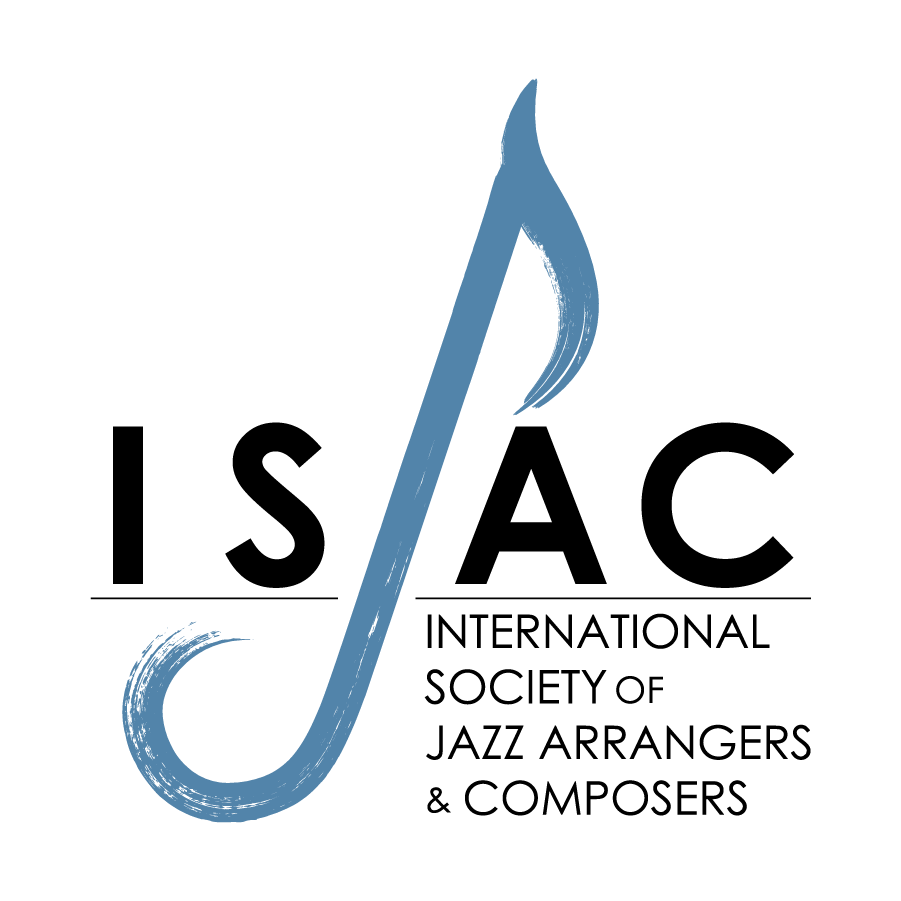
Induction: 2021
Websites: Bill Holman
Bill Holman (By Bill Dobbins)
February 1, 2021
Bill Holman is the most important and prolific big band arranger and composer alive today. Beginning with the groundbreaking arrangements of American songs for the Stan Kenton Orchestra’s album Contemporary Concepts in 1955, he established an immediately recognizable style in turning well known melodies into compelling reimaginations that sounded more like a Holman composition based on a theme of Victor Young, Jerome Kern or some other master songwriter. His original compositions for Kenton’s orchestra bear the same trademark of taking basic thematic material on an unpredictable and captivating musical journey that is connected to the blues and often conveys a sophisticated sense of humor. It wasn’t long before his arrangements and compositions became some of the most requested in the Kenton repertoire, and in the repertoire of the bands led by Woody Herman, Terry Gibbs, Gerry Mulligan, Buddy Rich, Maynard Ferguson and Count Basie.
When I first started listening to recordings of Mulligan’s Concert Jazz Band as a teenager, before I discovered the earlier Kenton recordings, I noticed that the arrangements I kept playing repeatedly were usually the ones that were written by Bill Holman. I also discovered that Holman was equally adept at spinning out imaginative arrangements for small groups, such as those led by Mel Lewis, Richie Kamuca, Jimmy Rowles and others. Even an obscure 1957 recording, The Australian Jazz Quintet Plus One, is packed full of Holman’s composing and arranging genius.
In the mid-1970s Holman formed the Bill Holman Band, for which he continues to compose and arrange. The band has performed hundreds of his compositions and arrangements and has, fortunately, been documented on numerous recordings. His work has also been documented on recordings by the WDR Big Band (Cologne), the HR Big Band (Frankfurt) and the Netherlands Metropole Orchestra (Hilversum), a unique combination of a big band with extra woodwinds, percussion, harp and strings. All these groups have experienced the magic of Bill Holman’s unique musical vision. His musical vocabulary is informed by that of all great writers from Bach to Bartok and Ellington to Evans, without ever sounding derivative. While his music is easily identifiable, he says it came naturally over time rather than through a self-conscious effort to “find his voice.”
I had the pleasure of getting to know Bill Holman in the 1980s through his visits to the Eastman School of Music, where I was a faculty member of the jazz studies and contemporary media department. Since 2000 he has visited Eastman half a dozen times and has passed on invaluable information and insight to our musical community. It was my great pleasure, in the summer of 2011, to spend a week in Los Angeles and record daily conversations at
Holman’s home that resulted in a book, Conversations with Bill Holman. I am sure that all those who have loved his music through the years, as I have, will find it an entertaining and informative read. Still going strong at age 93, his music is timeless and clearly, as Duke Ellington would have said, beyond category. Bill Dobbins is a pianist, composer/arranger and Professor of jazz studies and contemporary media at the Eastman School of Music. He has also authored and collaborated on many books and articles on jazz, including Conversations with Bill Holman.
Bill Dobbins is a pianist, composer/arranger and Professor of jazz studies and contemporary media at the Eastman School of Music. He has also authored and collaborated on many books and articles on jazz, including Conversations with Bill Holman.
